Is it a bad idea to tile on top of existing shower floor tile?
threeapples
10 years ago
Featured Answer
Comments (13)
GreenDesigns
10 years agothreeapples
10 years agoRelated Professionals
Euclid Kitchen & Bathroom Designers · Hammond Kitchen & Bathroom Designers · Kalamazoo Kitchen & Bathroom Designers · Southbridge Kitchen & Bathroom Designers · West Virginia Kitchen & Bathroom Designers · Jefferson Hills Kitchen & Bathroom Remodelers · Hawthorne Kitchen & Bathroom Remodelers · Menlo Park Glass & Shower Door Dealers · Pacific Grove Glass & Shower Door Dealers · San Bernardino Glass & Shower Door Dealers · Alafaya Cabinets & Cabinetry · Burr Ridge Cabinets & Cabinetry · South Gate Cabinets & Cabinetry · Antioch Window Treatments · Berkeley Window Treatmentsraehelen
10 years agoenduring
10 years agothreeapples
10 years agoStoneTech
10 years agoMongoCT
10 years agothreeapples
10 years agoMongoCT
10 years agoherring_maven
10 years agothreeapples
10 years agommcf
10 years ago
Related Stories
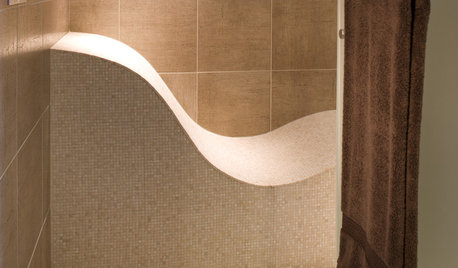
REMODELING GUIDESTop 10 Tips for Choosing Shower Tile
Slip resistance, curves and even the mineral content of your water all affect which tile is best for your shower
Full Story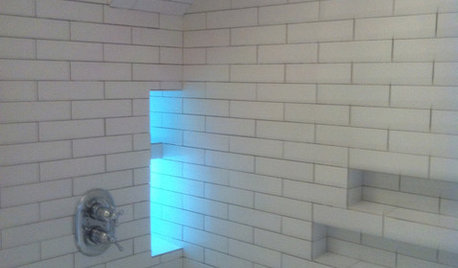
BATHROOM DESIGN10 Top Tips for Getting Bathroom Tile Right
Good planning is essential for bathroom tile that's set properly and works with the rest of your renovation. These tips help you do it right
Full Story
TILETop Tile Trends From the Coverings 2013 Show — the Wood Look
Get the beauty of wood while waving off potential splinters, rotting and long searches, thanks to eye-fooling ceramic and porcelain tiles
Full Story
BATHROOM DESIGNConvert Your Tub Space Into a Shower — the Tiling and Grouting Phase
Step 3 in swapping your tub for a sleek new shower: Pick the right tile and test it out, then choose your grout color and type
Full Story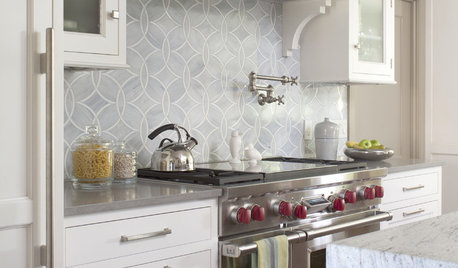
KITCHEN DESIGN8 Top Tile Types for Your Kitchen Backsplash
Backsplash designs don't have to be set in stone; glass, mirror and mosaic tiles can create kitchen beauty in a range of styles
Full Story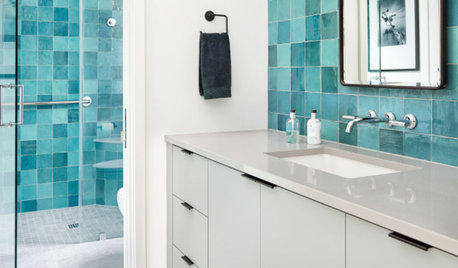
TILEPorcelain vs. Ceramic Tile: A Five-Scenario Showdown
Explore where and why one of these popular tile choices makes more sense than the other
Full Story
REMODELING GUIDESTransition Time: How to Connect Tile and Hardwood Floors
Plan ahead to prevent unsightly or unsafe transitions between floor surfaces. Here's what you need to know
Full Story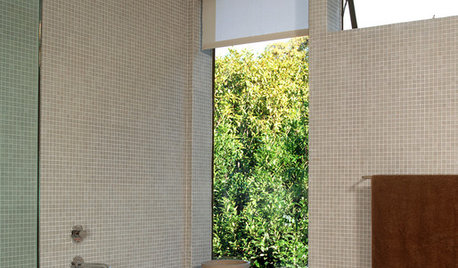
BATHROOM DESIGNFloor-to-Ceiling Tile Takes Bathrooms Above and Beyond
Generous tile in a bathroom can bounce light, give the illusion of more space and provide a cohesive look
Full Story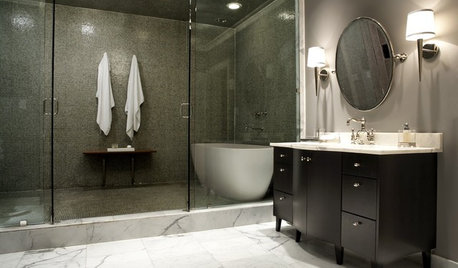
BATHROOM DESIGNHow to Choose Tile for a Steam Shower
In steamy quarters, tile needs to stand up to all that water and vapor in style. Here's how to get it right the first time
Full Story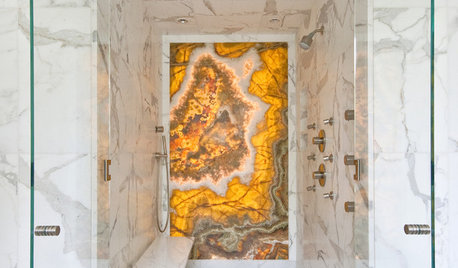
BATHROOM DESIGNHow to Build a Better Shower Curb
Work with your contractors and installers to ensure a safe, stylish curb that keeps the water where it belongs
Full Story






MongoCT